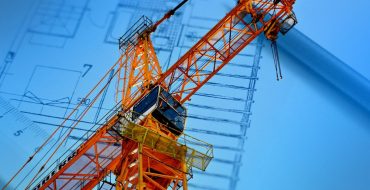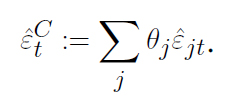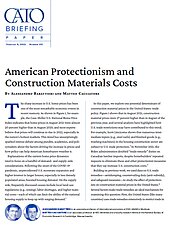Trade remedies are the most common and important means by which a national government may, consistent with its World Trade Organization (WTO) obligations, increase tariffs on an imported product above the “most favored nation” levels that the government agreed to apply generally to the imports of that product from all other WTO members. There are three types of trade remedy measures: antidumping duties, countervailing duties, and safeguards. Antidumping proceedings determine whether a foreign nation’s exporters have sold goods in the investigating government’s market at “less than fair value” (i.e., at “dumped” prices) and thereby caused “material injury” to the domestic industry making that same product. Countervailing duty proceedings determine whether foreign exporters’ goods have been unfairly subsidized by their government and are similarly injurious. Safeguards determine whether global imports of a particular good have surged and are a substantial cause of “serious injury” to the domestic industry. Antidumping actions account for the vast majority—approximately 80 to 90 percent—of all trade remedy measures imposed by WTO members.5
In the United States, the Tariff Act of 1930 permits domestic industries and labor unions to petition the government for trade remedies protection. Antidumping and countervailing duty petitions target a specific imported product within an industry and can involve one or more trading partners. Once a petition is filed, the U.S. International Trade Commission (USITC) determines whether it satisfies the relevant statutory requirements for initiating an investigation. If the investigation is initiated (as is almost always the case), the USITC conducts a preliminary investigation to determine whether imports have caused material injury to the domestic industry or retarded its establishment. If the USITC’s preliminary determination is affirmative, the U.S. Department of Commerce continues the investigation to determine whether subject imports have been dumped or subsidized and, if so, the duty rate that would need to be applied to those imports to offset the level of dumping or subsidization. The final duty rates calculated by the Commerce Department are ultimately applied to subject imports following the USITC’s final affirmative determination of material injury. Duty rates vary widely by country, exporter, and product, but they can be significant and, in many cases, prohibitive.
Safeguard investigations, which are much less common in the United States, target global imports of a certain product and are conducted entirely by the USITC. Duties may be imposed by the president (advised by the Office of the U.S. Trade Representative) following an affirmative USITC determination of a surge in those imports and serious injury therefrom.

 .
.

